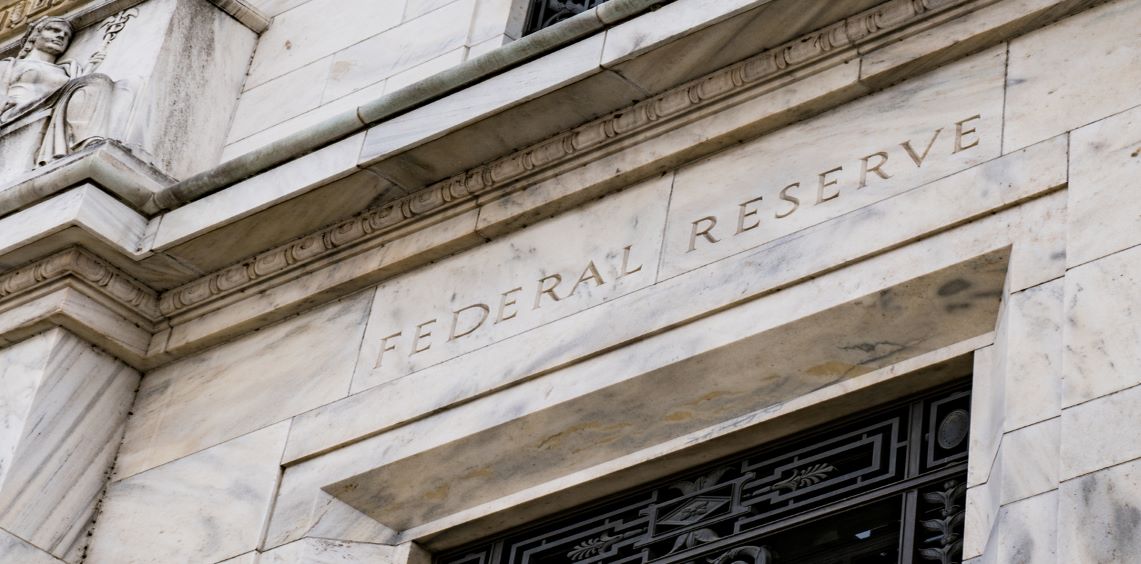Fed Watch: Full Steam Ahead


The Federal Reserve delivered another outsized rate increase at today’s FOMC meeting, raising the Fed Funds target by 75 basis points (bps) to a new range of 3.00%–3.25%. As I’ve been blogging lately, it’s no longer about whether Powell & Co. move 50 bps or 75 bps on a meeting-by-meeting basis, but rather that the Fed is moving full steam ahead into restrictive territory.
With this latest move, the Fed Funds target has now surpassed the peak of the last rate hike cycle (December 2015–December 2018) and stands at its highest level since early 2008. However, there is one enormous difference. In early 2008, the Fed was cutting rates due to the financial crisis and great recession, while in this current go-round, the policy makers are doing the exact opposite, i.e., raising rates.
Recent Fed commentary has made it abundantly clear that the voting members are all on the same page in that they want to take the Fed Funds Rate higher. In fact, one could make the argument that their ‘transitory’ inflation mistake is now feeding the ‘fight inflation at all costs’ stance that seems to be widely prevalent. Certainly, all the messaging appears to be leaning in that direction at this point.
The lack of any meaningful progress thus far on the inflation front will no doubt continue to fuel policymakers’ efforts to dampen price pressures. In addition, the solid labor force setting and recent loosening in financial conditions will provide a platform for the Fed to potentially err on the side of more tightening, not less, in the months ahead. However, monetary policy acts with a lag, leaving the economic outlook cloudy, at best. Nevertheless, Powell & Co. are on a mission that is far more hawkish than the markets were anticipating as recently as a month or so ago.
In terms of the money and bond markets, in particular, the monetary policy outlook has noticeably changed, with the January 2023 Fed Funds Futures contract pricing in a level above 4% by year-end 2022 prior to the FOMC meeting. In addition, instead of the expectation for multiple rate cuts next year, perhaps only one is now being considered. That being said, we all know how these developments change quickly, much like the Fed’s own dot-plot (the Fed’s own Fed Funds Rate projections). In other words, take them all with a grain of salt for now.
Conclusion
Another key consideration I’ve discussed recently is the prospect for monetary policy to be in a raise-and-hold phase. It is entirely conceivable to presume that without the U.S. economy moving into a deep recession, rate hikes could not only continue into early 2023, but also remain at whatever the top of the Fed Funds target ultimately gets to for longer than what had been previously anticipated. Certainly, the recent sell-off in the Treasury market underscored the point that, unlike earlier this year when the Fed was playing catch-up, it was now the U.S. Treasury (UST) market’s time to do the same.


